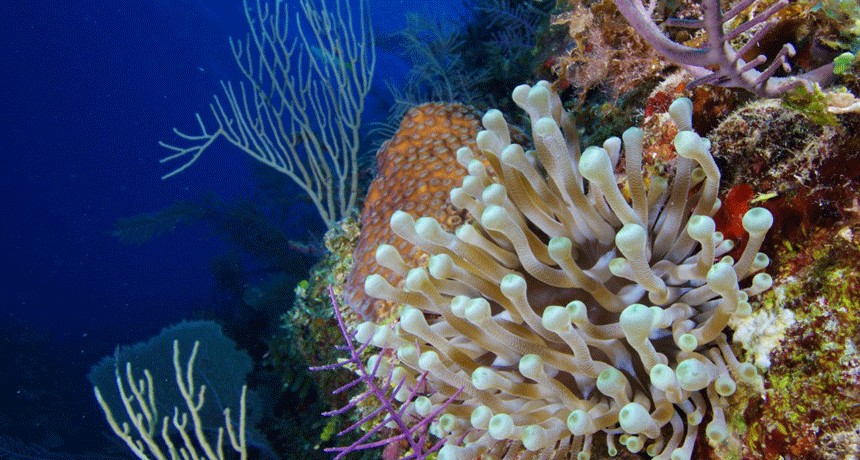Questions for ‘Exploring the many mysteries of Cuba’s coral reefs’

An array of corals and other creatures greet visitors to the remarkably diverse Gardens of the Queen National Park in Cuba.
Courtesy of Noel López Fernández

An array of corals and other creatures greet visitors to the remarkably diverse Gardens of the Queen National Park in Cuba.
Courtesy of Noel López Fernández